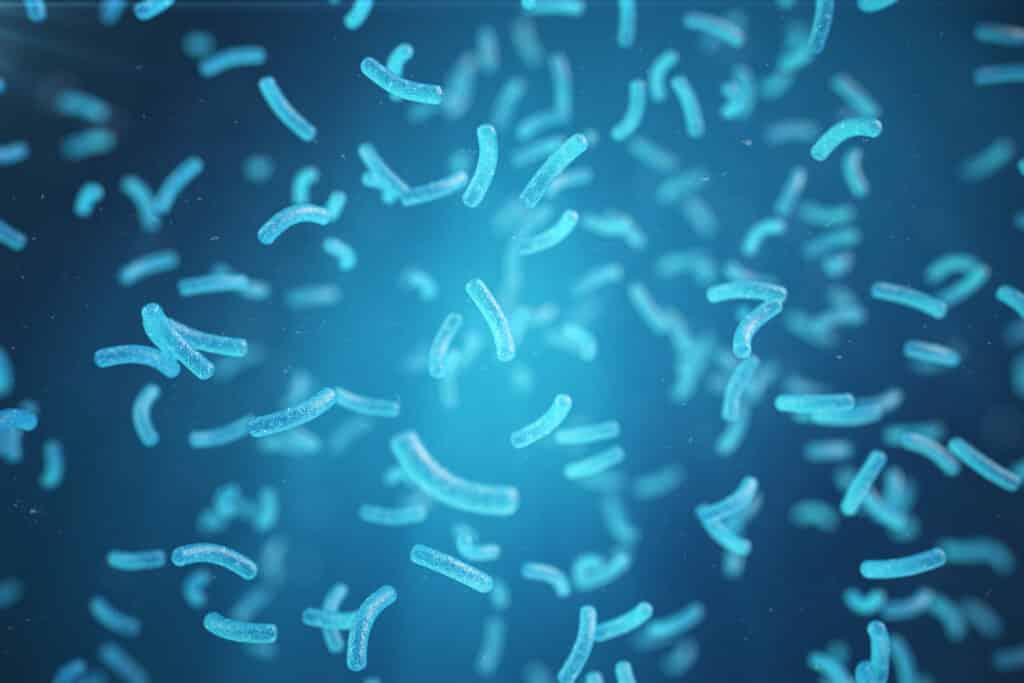When you send a sample of water to a professional water testing lab, you expect to get the correct results. ETR Laboratories has made a recent discovery that reveals why even professional testing labs could miss an important reason your well water seems healthy but isn’t.
Most well owners know to test their well water for bacteria on a regular schedule. You should be testing your water every year as long as everything seems good. If you get odd odors, tastes or other signs of contamination, obviously you should test your well water more often.
But well owners don’t normally know that there could still be a problem with their water even if they receive a test result telling them that the bacteria count is very low. Oddly enough, it has everything to do with the presence of fungi in the water. That presence of fungi could be the reason the bacteria count could be low, but the water might still be unhealthy.
How Fungi Affects Well Water Test Results
Since we conduct scientific research as well as water testing, we investigated why well owners complained of water problems despite low bacteria counts. Here’s what we uncovered: In some of these cases, the water is actually high in fungi while testing low in bacteria.
Some fungi act as natural antibiotics. That means that they kill certain bacteria. You’re probably familiar with penicillin, a well-known antibiotic. Penicillin is derived from the fungus Penicillium which is a common fungus that grows on food. Have you seen a piece of citrus fruit loaded with green mold? Or an old bag of bread sitting in the refrigerator too long that has gone green and fuzzy? That’s Penicillium. Cultured and purified, it kills certain common bacteria. And it’s not the only fungus to kill bacteria.
So when bacteria-killing fungi are present in your water, you may receive a test showing low bacteria, giving you a green light on your water. But there could still be health risks lurking in your well. Many labs don’t know that it can be important to keep looking when they see a very low bacteria count.
Eliminating Fungi from Your Home’s Well Water
Here’s the simple lesson you need to learn about fungi in your well water: The only acceptable level for fungi in well water is zero!
Why?
- They can affect taste and odor.
- Fungi in the water often means that the well is infested with insects that have introduced those fungi into the water supply.
- Fungi in well water can contribute to allergies and digestive problems.
- Some people exposed to water-borne fungi can experience systemic infections, especially if they have compromised immune systems.
One of these infections called rhinocerebral mucormycosis results when fungi attack a person’s sinuses, nasal passages and even the brain. Those with diabetes are particularly susceptible to this infection and it can lead to death.
Detecting Fungi in Well Water
Therefore, it’s essential to know if your water contains fungi. If you have your water tested and the bacteria count is very low, immediately ask for a test to detect fungi. We offer tests that detect bacteria, fungi as well as hundreds of other substances that shouldn’t be in your water.
When fungi exist in your water supply, it can multiply into colonies that lodge in various places in your water system. The sooner it is eliminated the better.
We are always glad to advise you on how to test your water or understand the results of our tests. If you’re not sure which test to order, just give us a call and tell us what you’re trying to address: (800) 344-9977. We’ll direct you to the best water test for your situation.

